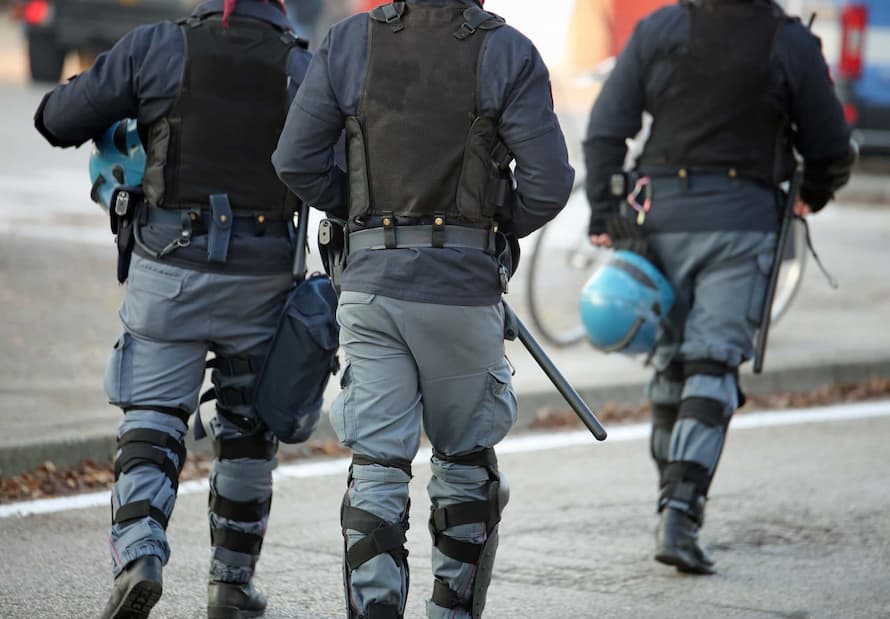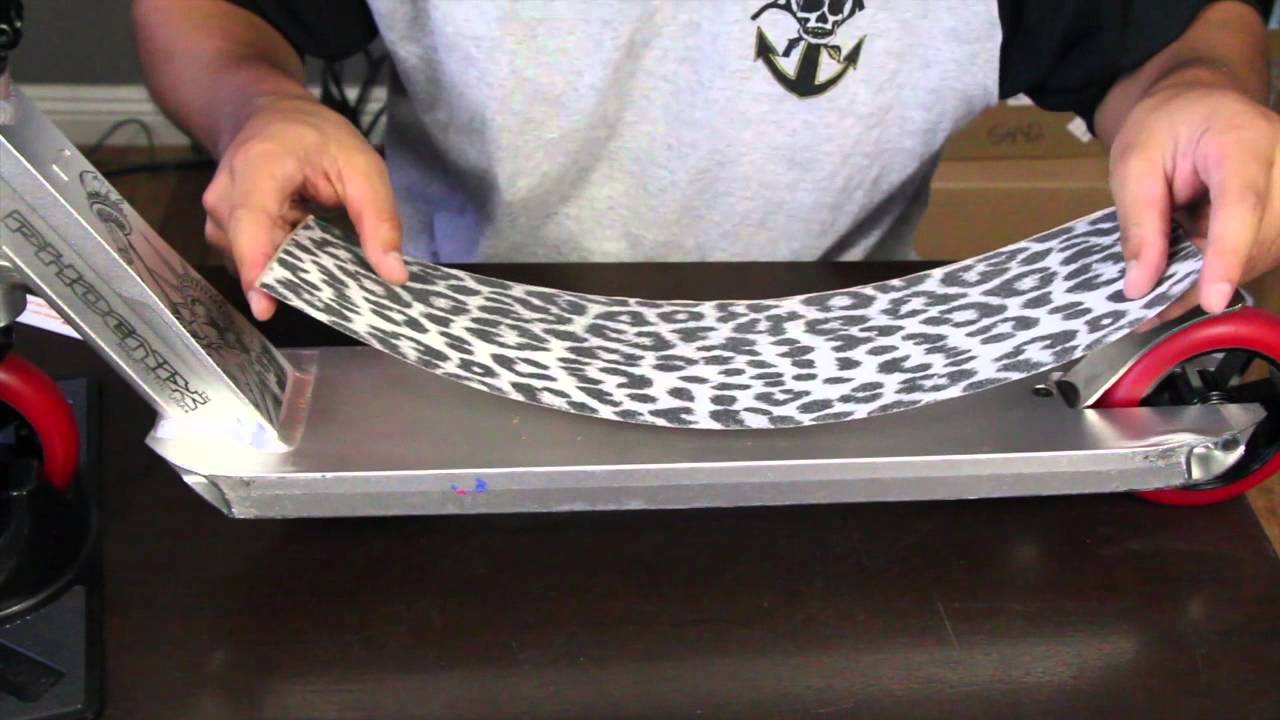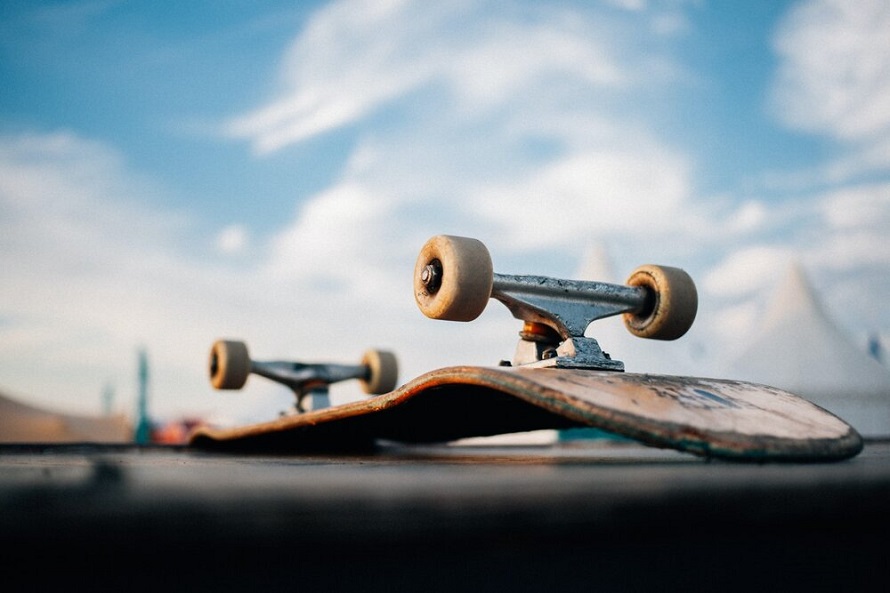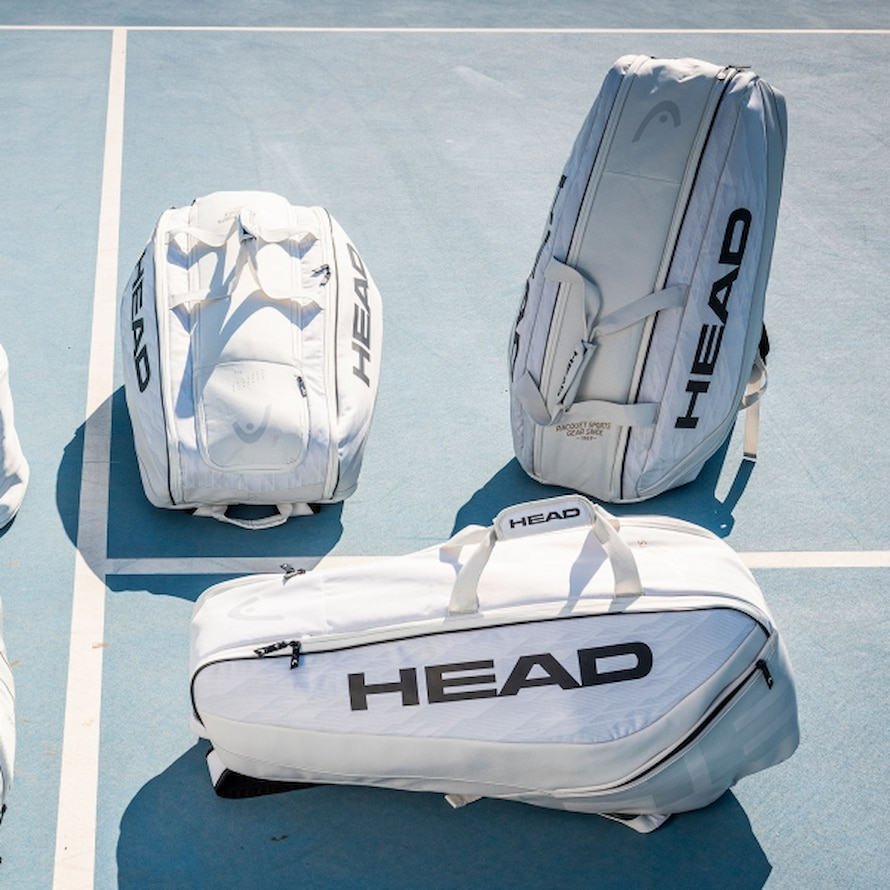Sports
Body Armour 101: How to Choose the Right Plate Carrier
Traditionally a part of the gear used by the military and law enforcement, plate carriers are now commonly used as civilian body armour as well. A plate carrier’s ability to keep your tactical gear organised and close at hand is a fantastic benefit in many emergency situations.
Of course, another purpose of a plate carrier is protection; it can withstand bullet penetration. That obviously helps a lot in shooter situations like fighting. But using a PC won’t provide you with invincibility. That’s not what body armour does. However, it is intended to keep you alive long enough for you to seek medical attention.
The number of options available to consumers looking for body armour may be too much for them to handle. For someone wanting to purchase an armour carrier, there is a lot of information to consider, and it may take months of research to get exactly what you want. By taking into account the following factors, you can reduce the amount of time needed in research and make an informed choice.
Type
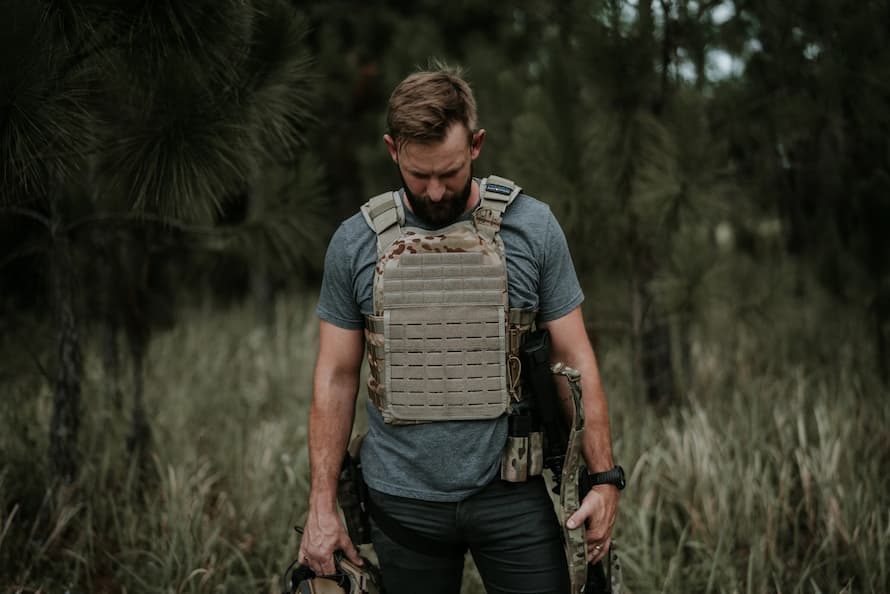
Generally, there are four main types of PCs.
- Slik – The sleekest end of the spectrum obviously deemed “slick.” Concealed and not designed to support loads.
- Chest rig – A fantastic choice if your sleek PC lacks slots for pouches. Chest rigs are ideal if you need the pouches, connection hooks, etc. of a typical plate carrier but do not themselves offer ballistic resistance.
- Low profile and minimalist – These can only carry the necessities. They can hold from 4.5 to 11.5 kg.
- Standard – This group includes the majority of carriers. The most ideal option for the majority of tactical work. contains 10–15 kg.
- Armour chassis – These are the largest and heaviest PCs for gear weighing more than 15 kg.
Size
To properly size your carrier, first purchase the appropriate-sized armour plates. The most popular size sold today is 10″ x 12″. This plate will be a size Medium if you search online.
You must use a large plate if you are bigger. Purchase a carrier that fits your plate, not just your physique. That’s why it’s best to pick a model with cummerbunds that are completely adjustable and available in a variety of sizes. This way, you can adjust the carrier for your torso circumference.
It’s recommended to go up a size for a proper fit if you intend to use internal magazine pouches and add soft protection to the sides.
Materials
The production of rifle plates involves the use of a variety of materials. Compressed laminates made of materials like high-density polyethene, ceramics, Kevlar, and others are the most common options.
Typically, laminate materials don’t resemble those used in soft armour. For instance, the type of Kevlar used in soft armour is probably different from the type used in hard plates. The production of hard tactical plate carriers nearly always uses thermally moulded and/or compressed laminate materials.
Performance indicators vary depending on the materials. The biggest difference may be in weight because lighter armour generally costs more, often significantly more. The pricing will reflect your desire for the lightest materials and building methods currently accessible.
Fit
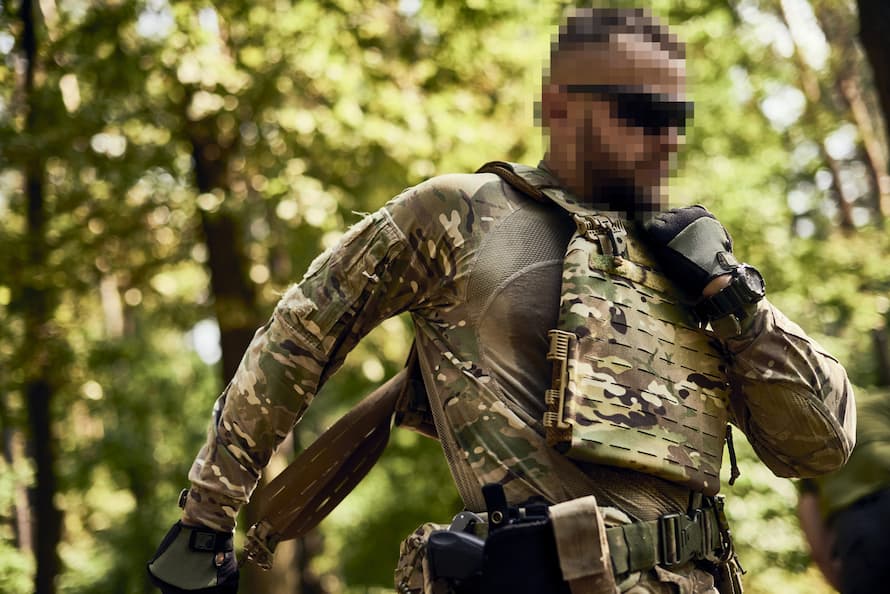
The body armour plates are held in place by a great-fitting carrier that doesn’t restrict your range of motion. Additionally, a tight cummerbund relieves weight from the shoulders. The general length of a person’s armour vest should be from just below the collarbone to the base of the ribs.
Protecting your vitals from ballistics should be your top priority. Start two fingers’ width below your collarbone for your vest protection. Wearing a body armour system too low in an effort to hide the stomach is a typical mistake that compromises the upper chest’s protected protection of your essential organs.
To be honest, being shot in the stomach has a higher chance of resulting in survival than being wounded in the upper chest. Always make sure that your armour carrier covers your weakest points.
Modularity
If your carrier has a Modular Lightweight Load-carrying Equipment, AKA MOLLE (pronounced “Molly”) system, it is “modular,” meaning you may connect a variety of pouches, attachments, and other tactical gear to it.
With a MOLLE system, additional back panels are also an option. A hydration bladder, gas mask, or any other equipment you would require for a mission can be attached to and carried on the back panels.
PALS is what lends MOLLE gear its load-bearing magic. PALS, or the “pouch attachment ladder system,” is a heavy-duty nylon webbing grid sewn onto military gear like body armour and backpacks.
In the event that you wound one of your arms in some way, medical supplies should be kept in a location that is reachable with both hands. Both the front of the plate carrier and the cummerbund on the non-dominant arm side are suitable locations for magazine holsters.
The location of ammo should be such that you can instantly perform an emergency reload. Batteries, pencils, cellphones, radios, and other items may be included in administrative or mission-specific equipment. Overall, we advise against adding more gear because it adds weight and restrictions.


